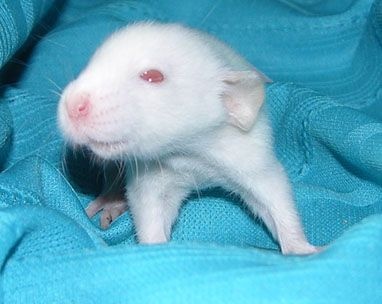
The ”Cloud Rat” is an animal unique to the Philippines, with 15 species 6 species are common and found to still exist only in the Philippines and some are yet to be rediscovered. They are found in different islands in the Philippines and each cloud rat is distinguished by their color, size, diet, location and habitat. The Cloud rats are nocturnal creatures that feed on vegetation native to the area, the most famous and attractive cloud rat is the “the Giant Bushy Tailed Cloud Rat” a cloud rat that has a bushy tail longer than its own head and body and perfect to live in cold mountainous places hence called the giant bushy tailed cloud rat found in the mountains of Benguet and Ifugao in Luzon, other species found in Luzon are the “Northern Luzon slender tailed cloud rat and the “Southern Luzon slender tailed cloud rat”. The former cloud rats are common in some areas in Benguet, Nueva Ecija, Nueva Vizcaya, Isabela and Cagayan while the later are found not only in southern Luzon but also nearby islands of Marinduque and Catanduanes. And one unusual rediscovery of a specie of a cloud rat that is thought to be extinct in Luzon is the “Dwarf Cloud Rat” that was last seen 112 years ago by a British researcher in the mossy forest in Mt. Data but the Dwarf cloud rat was rediscovered in Mt. Pulag in its mossy forest reserves by a team of Filipino and American scientists.
The cloud rats such as the giant bushy tailed cloud rat has withstand the growing population of men and the growing agricultural deforestation throughout Luzon and it was said that although indigenous people still hunt and trap the cloud rats for food or as pets for its unique fur, the cloud rat is still common and wide spread in Luzon and some cloud rats are even domesticated as pets for it was said that some cloud rats have little fear for men. Hunting cloud rats is still common in Luzon and agricultural deforestation is fast growing and some organizations and projects are made to protect the different species of cloud rats. but is it enough?
If the cloud rats run out of natural habitats and hunting can easily drop the cloud rat’s population one if this days cloud rats are going to be considered as endangered animals or worst extinct. It was said that prevention is better than cure but in this situation there is no cure for the extinction of this beautiful creatures but only prevention, and to prevent this from happening it all starts in knowing, knowing what is a cloud rat, knowing what they eat, knowing where they live, knowing what can cause their extinction and knowing what can we do to prevent this from happening. So what can you do?



